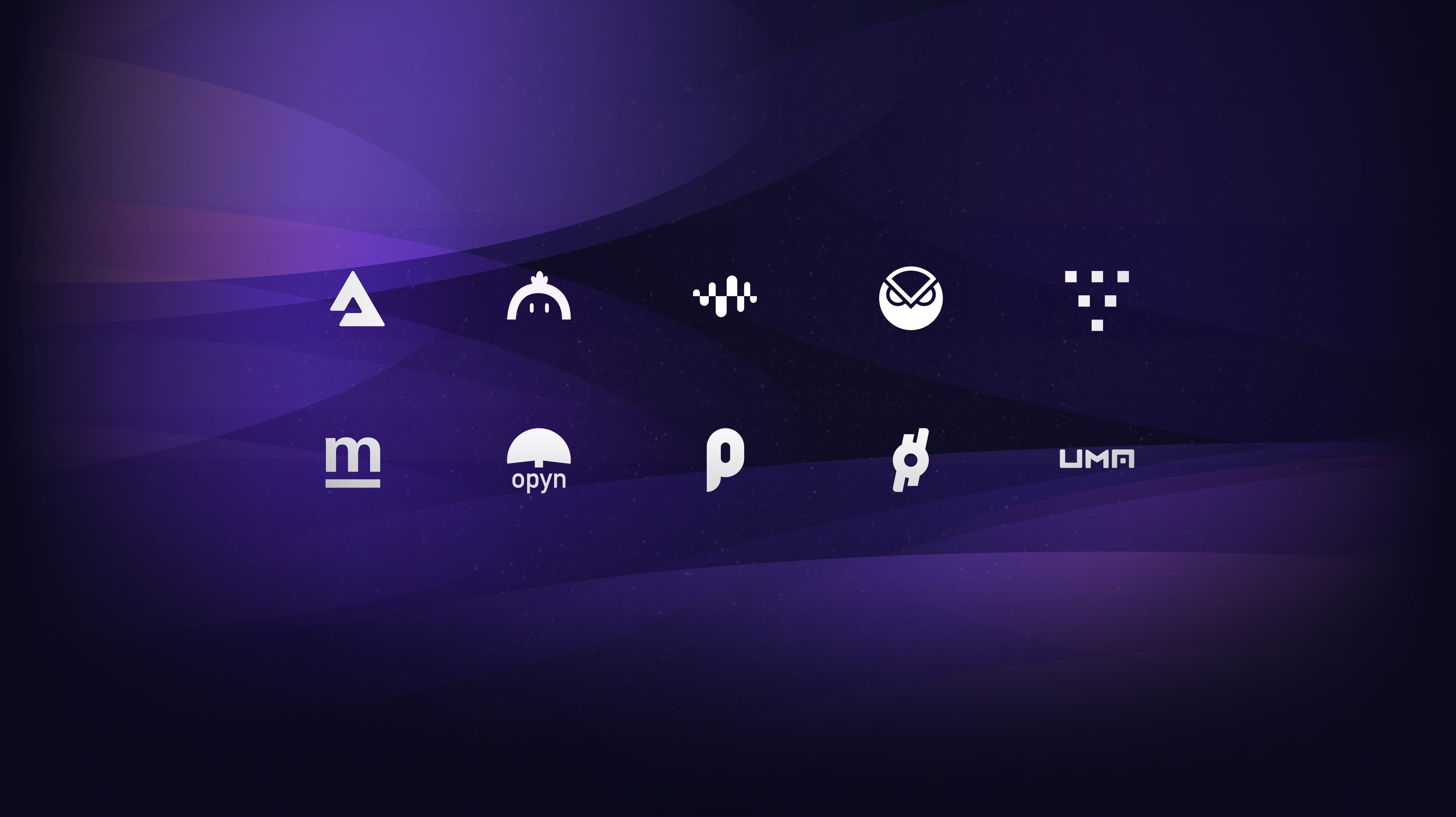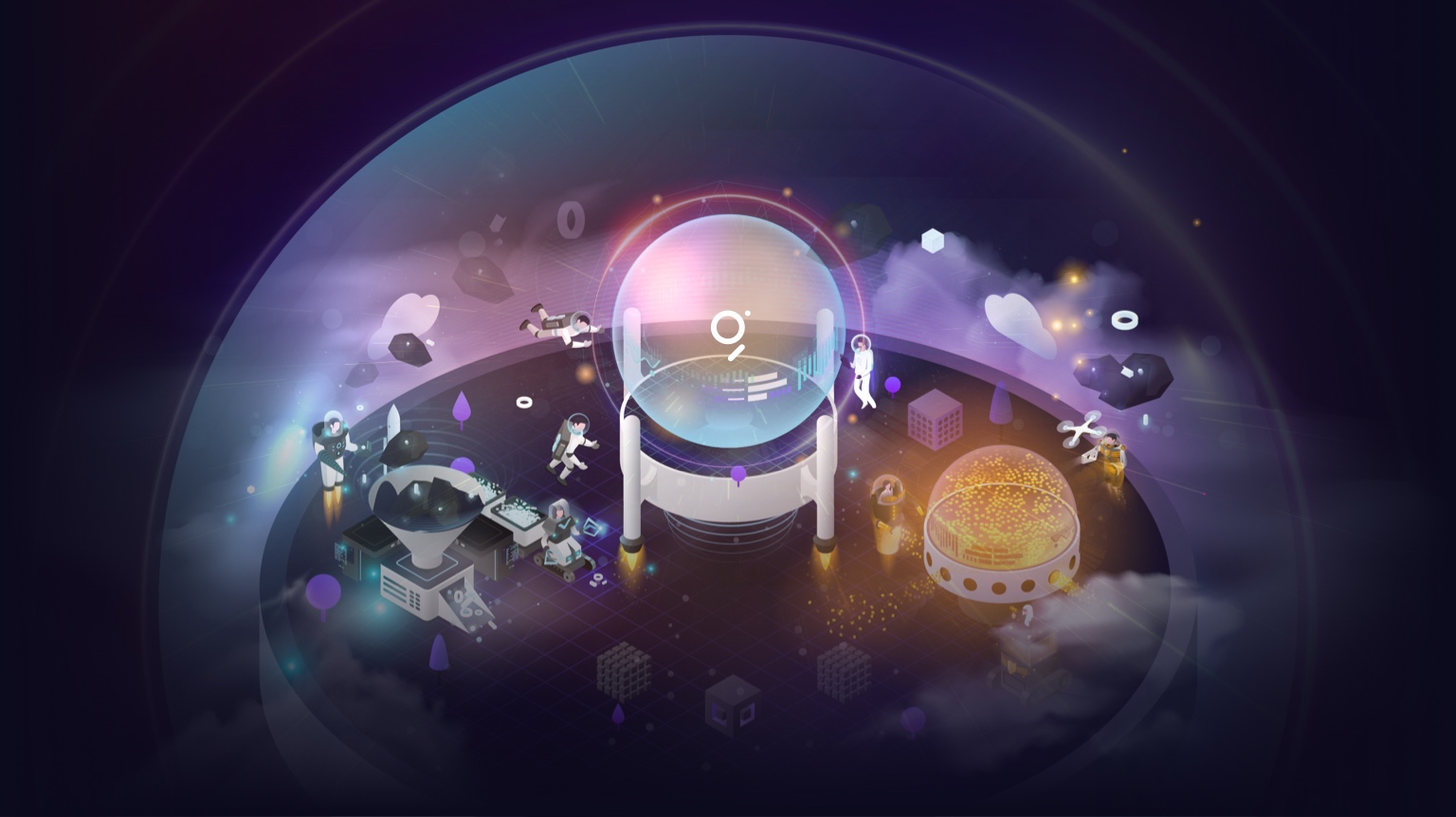

The First 10 Subgraphs Migrating to the Decentralized Network
Audius, DODO, Enzyme, Omen, Livepeer, mStable, Opyn, PoolTogether, Reflexer, and UMA are the first 10 subgraphs from The Graph’s hosted service published on The Graph Network mainnet!
After sharing The Graph’s on March 24, The Graph Foundation is excited to announce the first 10 projects migrating subgraphs from the hosted service to the decentralized network: , , , , , , , , , and . These dapps are taking the next step in becoming fully serverless applications and further decentralizing the Web3 stack.
The migration mainnet partners have been dedicated to Web3, pioneering decentralized application development. They are long-term aligned with The Graph ecosystem as each partner is using an open API, a critical component of the Web3 vision. Each partner has been actively building on Ethereum, from DODO’s decentralized exchange, Reflexer’s algorithmic stable assets, to Omen prediction market.
These subgraphs have also demonstrated query patterns that made them great candidates for phase one of the mainnet migration. This process will be an ongoing roll-out over the next few months as each subgraph launching on the mainnet will vary in how long it takes to sync by Indexers.

Mainnet Migration Partners
The mainnet migration partners represent four verticals of subgraphs: DeFi, NFTs and Entertainment, and Video. Each vertical is composed of rich datasets powering dapps across Web3.
DeFi (Decentralized Finance)
DeFi currently makes up the majority of query volume from the hosted service from applications like exchanges, asset management tools, and synthetic assets. The first DeFi subgraphs to launch on mainnet are UMA, Omen, mStable, Reflexer, DODO, Opyn, Enzyme, and PoolTogether.
UMA is a decentralized financial contracts platform built to enable Universal Market Access and powers projects like uUSD, Perlinx, and Domination Finance.
DXdao is building Omen, a decentralized prediction market where users can create and participate in information markets on various topics (crypto, politics, sports, etc.) and put up collateral.
mStable provides autonomous and non-custodial infrastructure for pegged-value crypto assets and is integrated with leading protocols like Aave, Argent, Balancer, and Compound.
Reflexer is building RAI, the first non-pegged, algorithmic stable asset backed by ETH, that is powered by autonomous controllers, integrated with protocols like Cream Finance.
DODO is a decentralized exchange and liquidity provider who recently published a blog about their use of subgraphs to access on-chain data.
Enzyme is an on-chain asset management tool to help users build, scale, and monetize investment strategies.
Opyn is a DeFi protocol that allows users to earn a premium or hedge risk by trading DeFi options on ETH and ERC20 tokens.
PoolTogether, a decentralized protocol for no-loss prize savings on Ethereum, has had a subgraph live on mainnet since December 2020 and will continue to be a data source for Indexers to earn from.
NFTs and Entertainment
NFTs are one of the fastest growing subgraph verticals on the hosted service and one of the most anticipated use cases for Ethereum. Our NFT mainnet migration partner is Audius, a project leading NFT development for music and a driving force of today’s NFT culture.
Audius is a new streaming platform built for all musicians to promote and share their music. While Audius’s music player interface is familiar, their dapp is unlike traditional streaming service, because it connects fans directly with artists through its decentralized structure and token.
Video
Video is another popular vertical for the hosted service. Livepeer is a decentralized video streaming platform built on Ethereum whose subgraph has been on The Graph’s hosted service since in 2019. Livepeer is building the world’s open video infrastructure with their network of applications and users sharing video data.
Next Steps: syncing subgraphs and testing Scalar ahead of phase two
Phase one of this migration is focused on successfully migrating this first set of 10 subgraphs onto mainnet and supporting Indexers as they begin preparing for increasing query volume and query fee transactions. It is critical to take the time for migration partners to become comfortable with the decentralized network and for Indexers to feel comfortable with indexing new subgraphs.

The Graph Foundation will be working closely with each partner to support a smooth transition for these subgraphs to the decentralized network in order for dapps to provide the best UX and for Indexers to successfully sync on-chain data. The Graph Foundation will provide Indexers with guides and workshops to improve their performance for supporting live queries throughout migration. The Arbitration Charter will also be introduced to guide Indexers on dispute resolution and slashing. Indexers who wish to receive support throughout this migration are encouraged to join the community in , #indexers channel.
Last week The Graph Foundation unveiled , a microtransaction system to support query fee volume on mainnet. Scalar is undergoing its final testing on the testnet and a big focus over the next few weeks will be testing Scalar to efficiently process query fees for subgraphs live on mainnet.
Once the subgraphs are fully synced and Scalar is deployed on mainnet, wave one partners will be able to test their dapps live on mainnet. After their QA processes they will be able to switch over their production dapps to the network, bringing query fees to Indexers and Delegators.
If you are a dapp that would like support through migration, fill out this to let us know. If you are a user and would like to see your favorite dapp be included in wave two, let us know on Twitter by tagging @graphprotocol.
The Path to Web3
The hosted service subgraphs being migrated to The Graph Network is an important step in decentralizing the world’s information. The Graph community is constantly growing with new initiatives being launched weekly that focus on helping Indexers, Curators, and Delegators contribute to the ecosystem. More than 172 Indexers and over 6,500 Delegators are currently participating in the network. To date, over have been deployed by ~16,000 developers on The Graph’s hosted service. The Graph community is building a mainnet that empowers individuals and advances Web3.
About The Graph
is the leading indexing and query protocol powering the decentralized internet. Since launching in 2018, it has empowered tens of thousands of developers to effortlessly build and leverage across countless blockchains, including Ethereum, Solana, Arbitrum, Optimism, Base, Polygon, Celo, Soneium, and Avalanche. With powerful tools like Substreams and Token API, The Graph delivers high-performance, real-time access to onchain data. From low-latency indexing to rapid token data, it serves as the premier solution for building composable, data drive dapps.
Discover more about how The Graph is shaping the future of decentralized physical infrastructure networks (DePIN) and stay connected with the community. Follow The Graph on , , , , , and . Join the community on The Graph’s , join technical discussions on The Graph’s .
oversees The Graph Network. , , , and are five of the many organizations within The Graph ecosystem.
